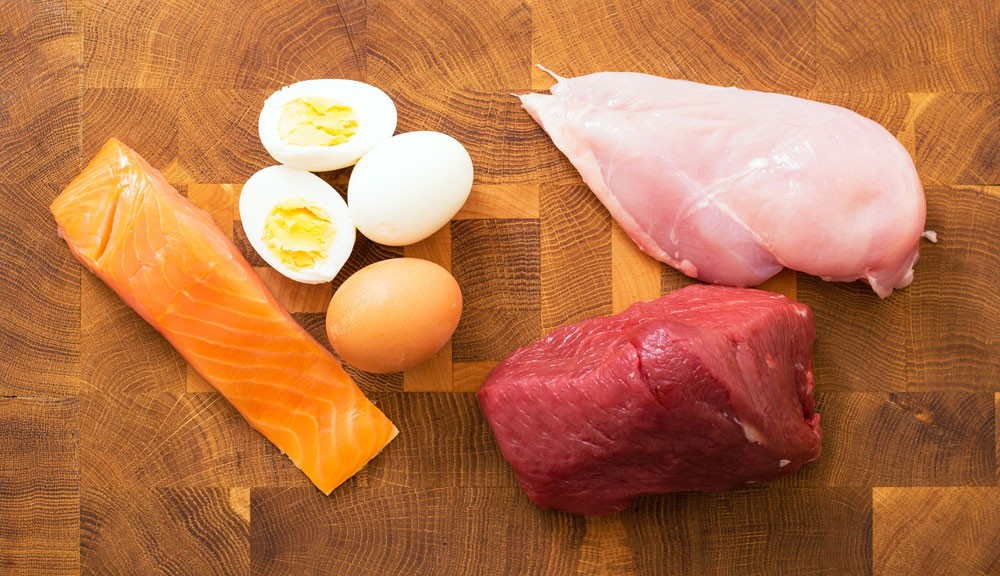How often do we hear about someone close to us suffering from food poisoning? How many times have we experienced it ourselves? With symptoms such as stomach cramps, vomiting, and diarrhea, and sometimes fever, the underlying infection “salmonellosis” is caused by salmonella bacteria.
The infection is quite common, with tens of millions of cases are reported around the globe each year. Most people get over it without treatment in 4 – 7 days, but it can get serious enough to require hospitalization and, in rare cases, be life-threatening.
Infections are more common during summer when temperatures are higher, and we eat outside more often – think of picnics for example – because bacteria grow faster in hot and humid weather.
Young children, the elderly, and those with weakened immune systems are most likely to be affected.
What should we know about salmonellosis, or salmonella as most of us refer to the infection?
Types of food that might contain salmonella bacteria
To start with, salmonella bacteria can be present in countless types of food, not only the poultry which is what many of us commonly associate it with:
- Beef, veal, and pork
- Chicken and turkey
- Eggs
- Unpasteurized milk or juice
Even fruits, vegetables, and water can carry these bacteria if they have been in contact with fertilizer that includes the poop of salmonella-infected animals.
Symptoms of salmonellosis
Most symptoms of the infection are stomach-related, they include:
- Cold and chills
- Diarrhea, sometimes bloody stools
- Fever
- Headache
- Stomach cramps
- Vomiting
How can we enjoy our meals without fear of having to spend the next few days in bed or hospital?
At home:
- Wash your hands before preparing food as well as after handling raw poultry, meats, or eggs, touching any pets, or going to the bathroom.
- Keep kitchen surfaces clean before preparing food on them. Don’t use utensils or cutting boards that came into contact with raw poultry, meats, or eggs for other items without thoroughly washing them with hot water and soap first.
- Cook poultry, meat, and eggs thoroughly (they should reach an internal temperature of 71 degrees Celsius). Don’t cook them in a microwave as it may cook them unevenly and they may not reach a high enough internal temperature to kill any salmonella bacteria.
- Don’t let raw poultry, meats, or eggs come into contact that you will eat raw (i.e. a salad), not while you prepare a meal but also not in the refrigerator.
- Avoid washing raw chicken under running water as it may splash any bacteria and contaminate nearby surfaces and food items.
- Always defrost food in the refrigerator, in cold water or in the microwave. Never defrost foods at room temperature or re-freeze defrosted food. If you used to microwave to defrost food, cook it immediately after it’s defrosted.
- Refrigerate food properly, both before and after cooking it.
In a restaurant, take out shop, or buffet:
- Consider if the location has steady electricity and, if not, a generator to make sure that foods are properly refrigerated and any frozen foods are not defrosted and refrozen during and after power cuts.
- Here also, wash your hands before handling food and after going to the bathroom.
- See if staff members use gloves, hairnets, and separate equipment and utensils to handle raw and cooked foods when they prepare sandwiches for example.
- Make sure that raw and cooked foods are well-separated.
- Avoid eating raw or barely cooked eggs and raw or undercooked beef, poultry, or pork.
- Note that pre-made sandwiches with ingredients, such as cheese, chicken, eggs, fish, or meat should be stored in a refrigerated unit and appear fresh and crisp.
- See if staff members use clean cloths to wipe surfaces and the shop or restaurant, including the bathrooms, are generally clean. If any of these areas are dirty it might be a clue that the areas that customers can’t see, such as the kitchen, may be worse.
Taking food safety seriously will pay off for you and your family. Using these simple tips when selecting, washing, preparing and storing food items will help ensure that you and yours will fully enjoy your meals, whether at home or at a restaurant.

